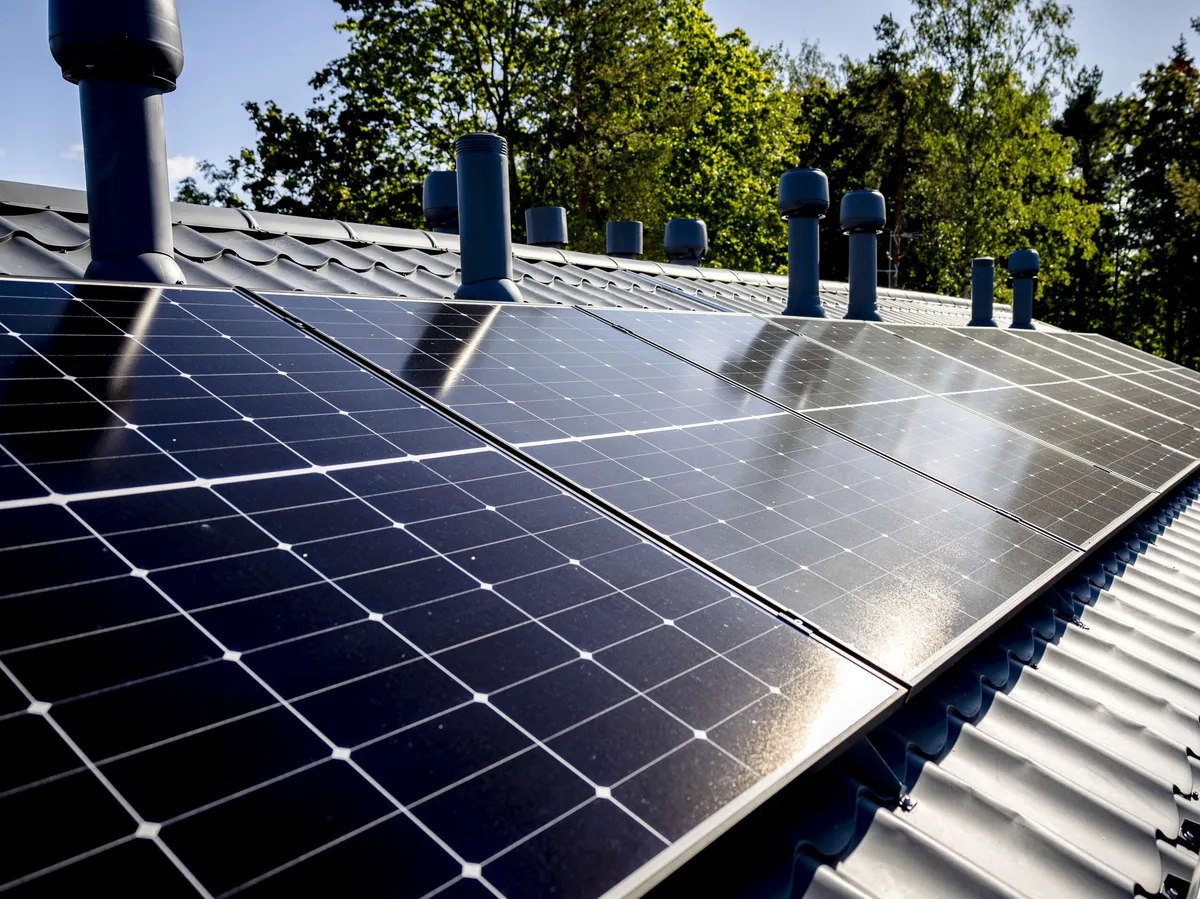Bhadla Solar Park is an expansive solar park situated in the Thar Desert in Rajasthan, India. Covering an area equivalent to over a thousand football stadiums or around 56 square kilometers, it is a symbol of India’s efforts to generate 450 gigawatts of renewable energy annually by 2030. With an estimated ten million solar panels housed within the park, it is clear that the shift from coal to solar power is a significant step towards a more environmentally friendly future.
Despite the abundant sunshine in India and the current average lifespan of solar panels being 20-25 years, the issue of solar waste disposal is looming. As the number of solar panels globally continues to increase, with an estimated 2.5 billion panels in use, the environmental impact of disposing of these panels is becoming a growing concern. It is projected that by 2050, the amount of solar waste could reach 78 million tons, posing a significant challenge for recycling efforts.
In many countries, including the United States, there is a lack of comprehensive policies for managing solar waste, leading to issues with recycling and disposal. The metals and materials used in solar panel technology, such as silver, tellurium, indium, and zinc, can be difficult to recycle due to their low content in the panels. This could potentially lead to resource shortages in the future if proper recycling mechanisms are not put in place.
While some countries in the European Union have regulations for solar waste recycling, the practice is still relatively weak and only a small percentage of solar panels are recycled. As the use of solar panels continues to rise globally, there is an urgent need for more efficient recycling systems and practices to address the growing issue of solar waste.
In Finland, for example, where the use of solar power is expected to increase significantly in the coming years, the need for a large-scale recycling plant for solar panels is estimated to arise in the next 15 years. Implementing measures such as deposit systems, where recycling old panels is incentivized with monetary rewards, could help alleviate the environmental impact of solar waste. Ultimately, finding sustainable solutions for managing solar waste will be crucial in ensuring the long-term viability of renewable energy sources.
